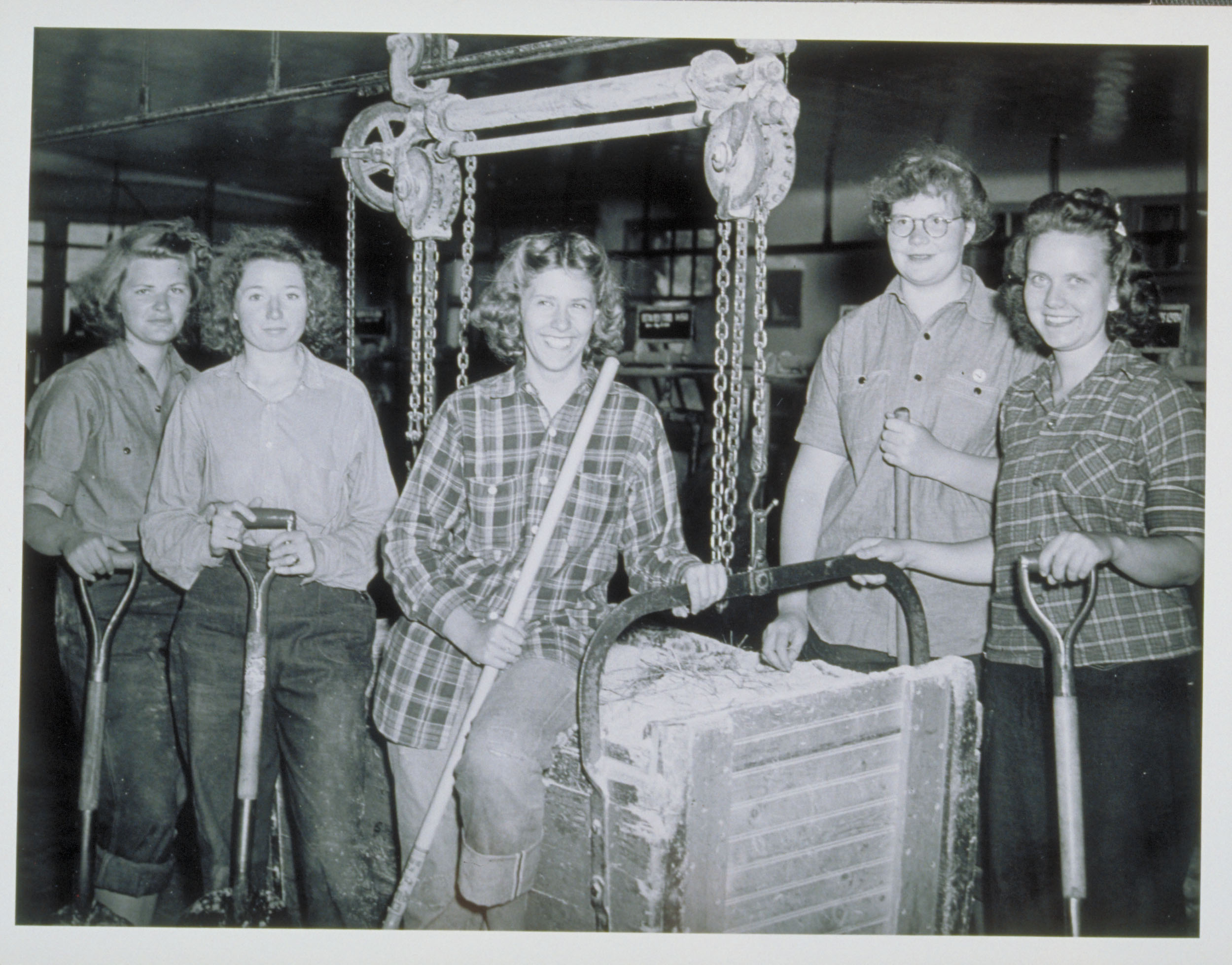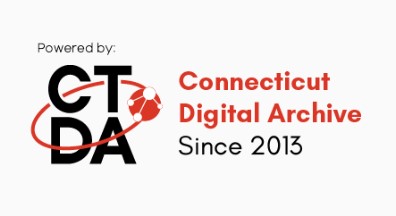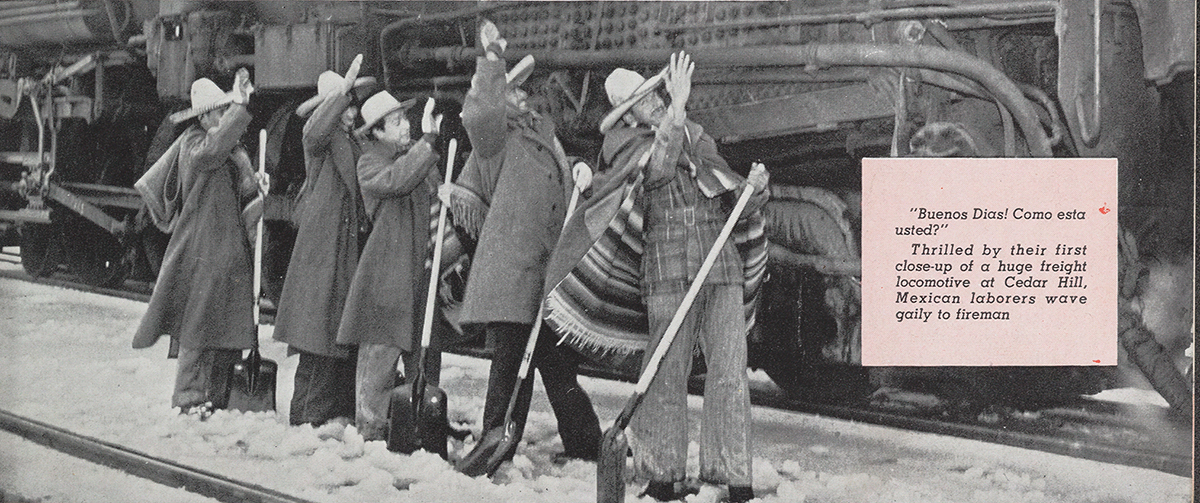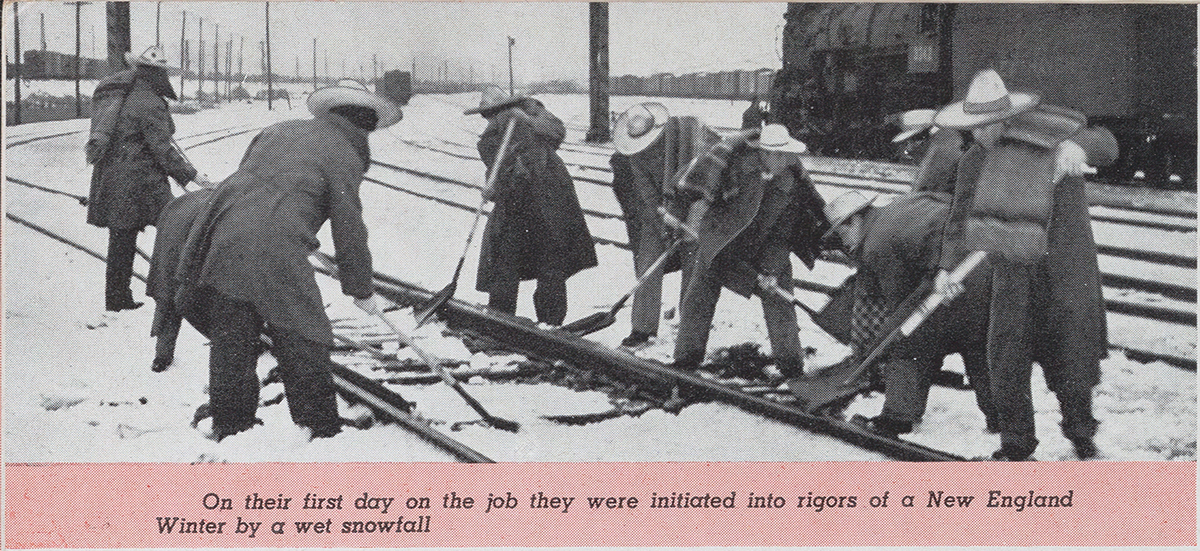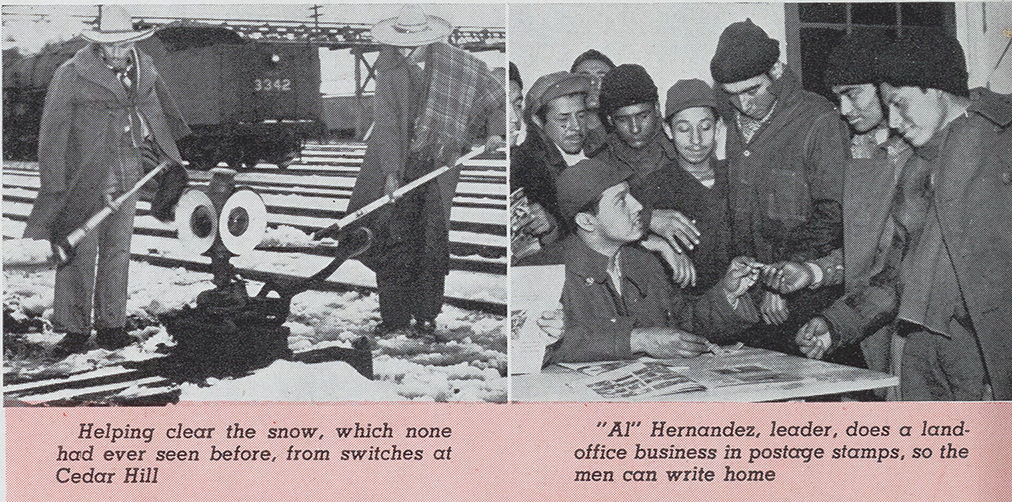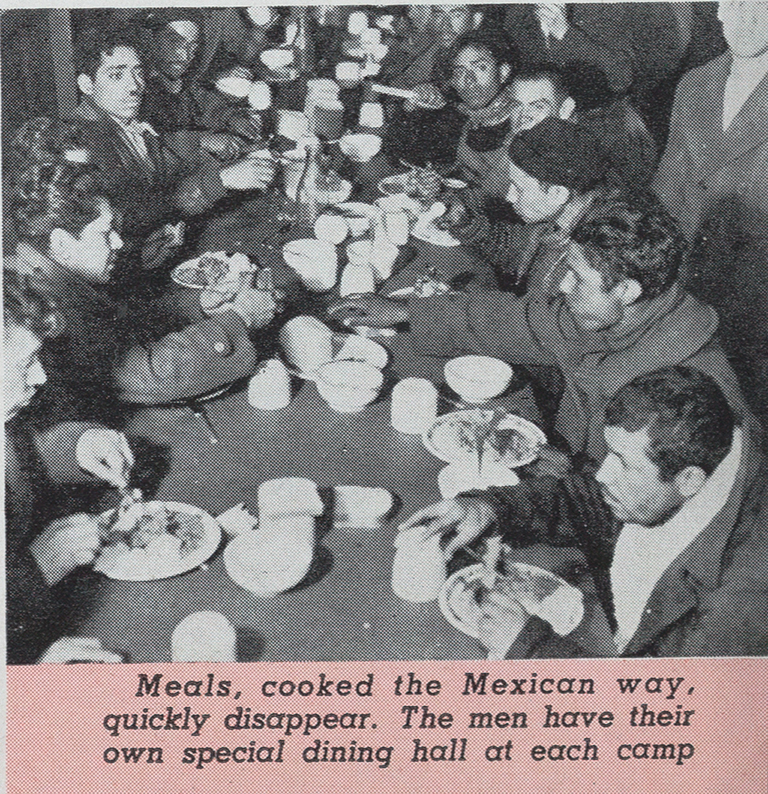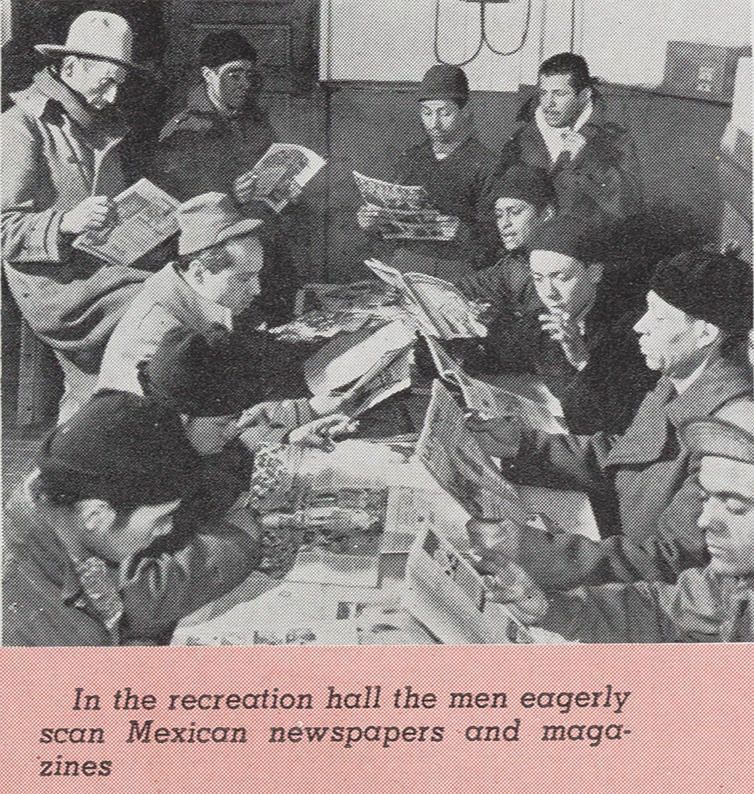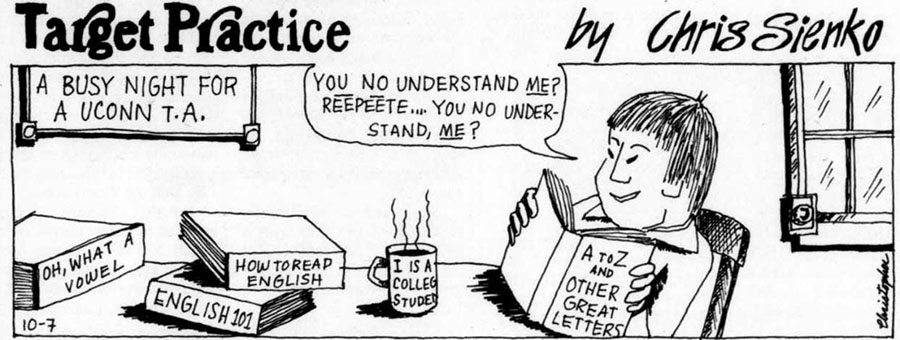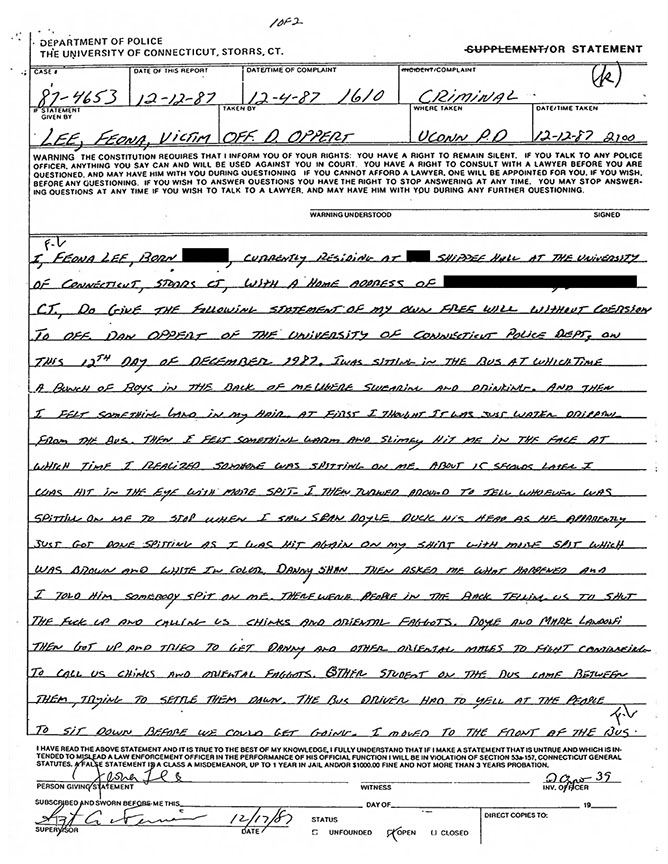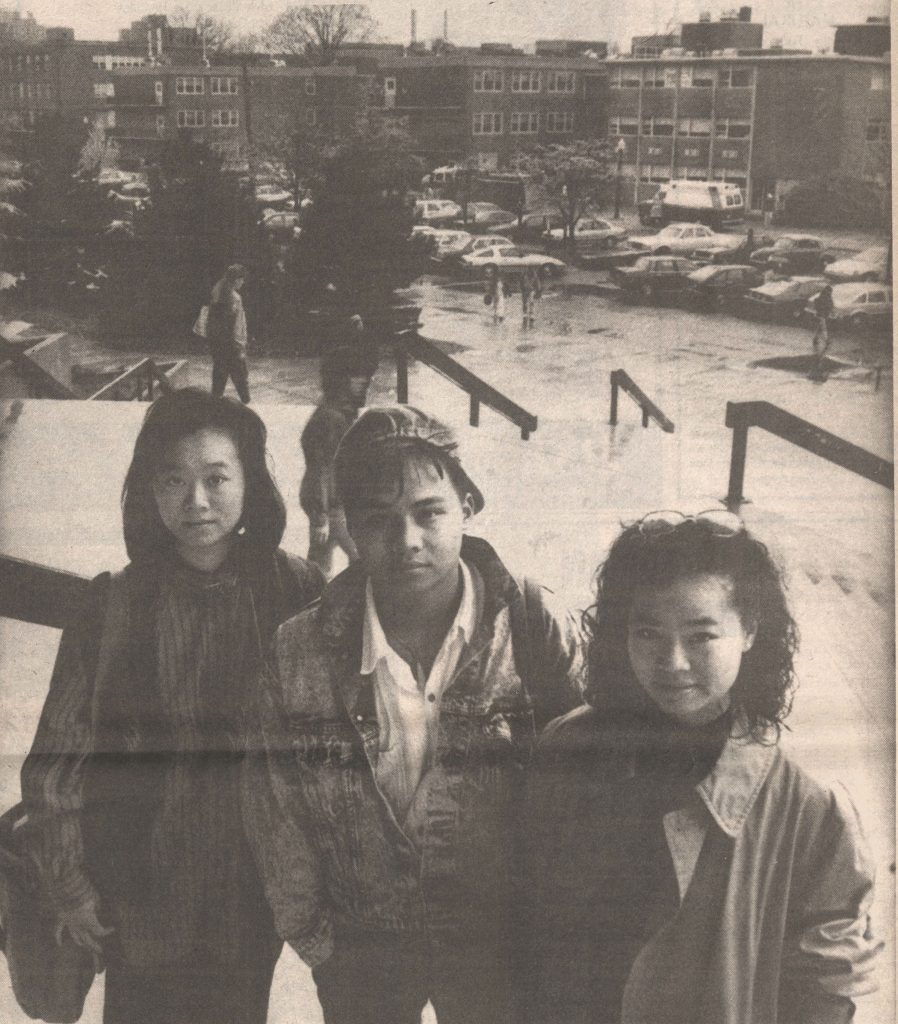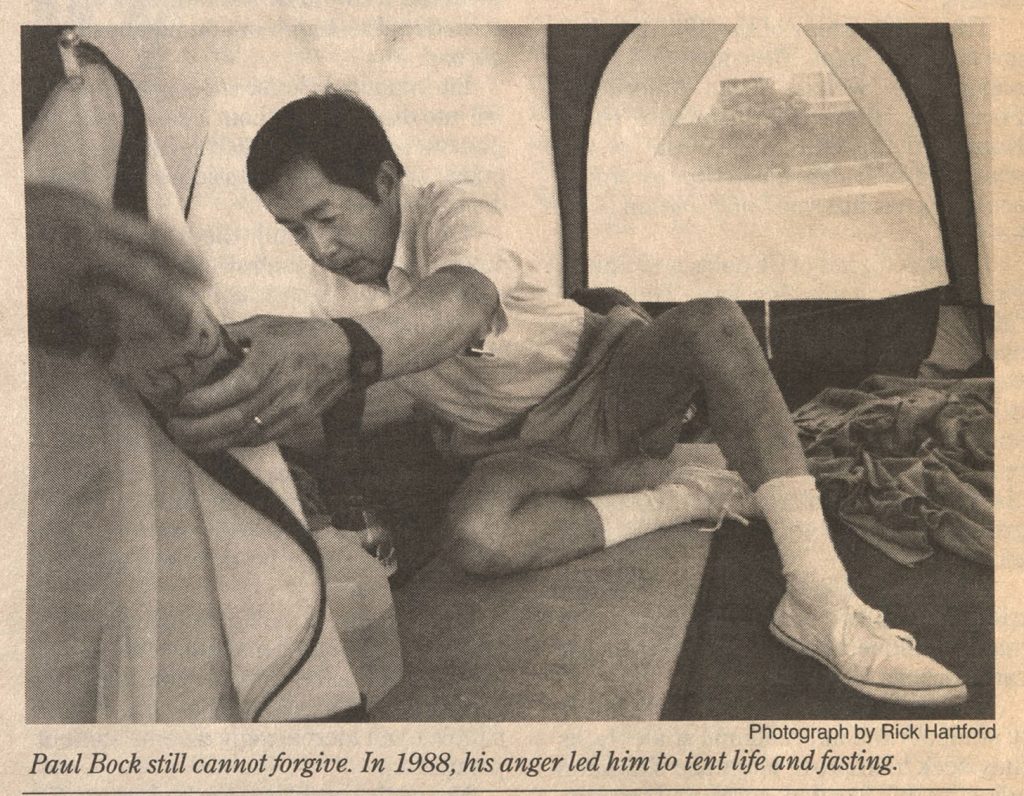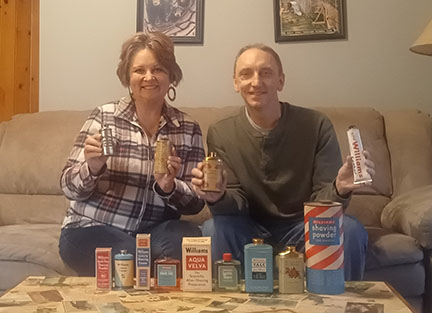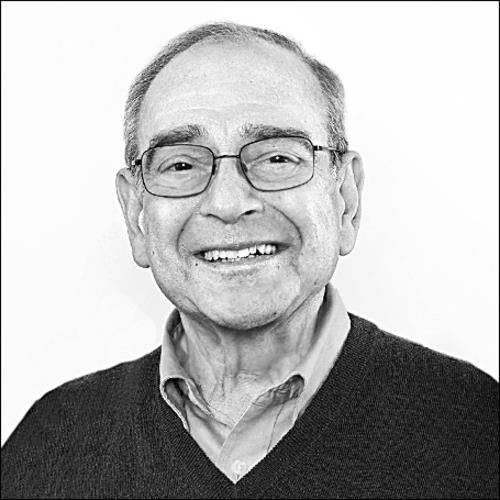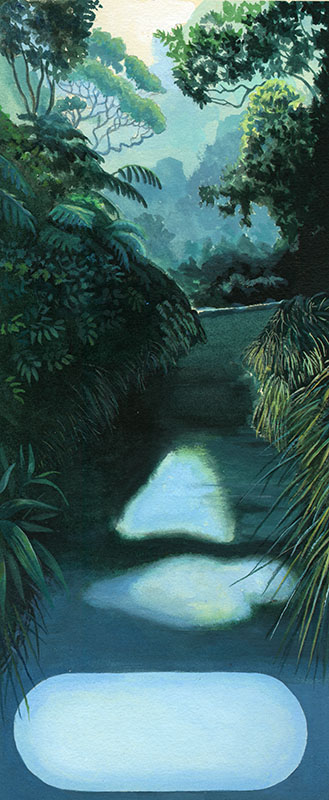[slideshow_deploy id=’9662′]
In light of the June 24, 2022, United States Supreme Court decision in Dobbs v. Jackson Women’s Health Organization, which overruled previous decisions Roe v. Wade (1973) and Planned Parenthood v. Casey (1992), Archives & Special Collections here provides a list of materials related to reproductive rights and abortion that are held in our collections.
The landmark decision in Roe in 1973 stated that “the Due Process Clause of the Fourteenth Amendment to the U.S. Constitution provides a fundamental “right to privacy” that protects a pregnant woman’s liberty to abort her fetus,” while the 1992 decision in Casey modified Roe by holding that requiring spousal awareness in order to get an abortion put undue burden on married people seeking abortions.
As of the 2022 decision in Dobbs, abortion is no longer a constitutionally guaranteed right in the United States, leaving the decision to individual states.
For those conducting research projects about reproductive rights, abortion, or related topics, Archives & Special Collections holds resources related to the topic in various media, both from pro-choice and anti-abortion perspectives. These materials range from polling information, correspondence, political documents, organizational literature, and much more. Among some of our archives’ relevant items are:
Connecticut Women’s Educational and Legal Fund Records. Connecticut Women’s Educational and Legal Fund (CWEALF) was founded in 1973. Related to reproductive rights, one major point in the collection is the Pregnancy Rights Project/Program, which took place in the 1980s, but CWEALF continues its work in advocacy, education, and empowerment to this day. Within the collection are publications, press releases from the organization, various writings, educational texts, administrative files, and more. Alongside reproductive advocacy, the records also include information on work CWEALF has done for LGBTQIA+ people. For more information on how to navigate this collection, a finding aid can be found online here: Connecticut Women’s Educational and Legal Fund Records
National Organization for Women, Connecticut and Rhode Island Chapters Records. Founded in 1966, the National Organization for Women is a feminist organization, with currently around 500,000 members. The organization advocates for women’s rights across many fronts, including reproductive health. This collection includes informational literature, meeting minutes, newspaper clippings, and more from both the Connecticut and Rhode Island chapters of NOW. For more information on how to navigate this collection, finding aids can be found online here: National Organization for Women, Connecticut Chapter Records and National Organization for Women, Rhode Island Chapter Records
Connecticut Civil Liberties Union Records. The CCLU was founded in 1949 as the New Haven Civil Liberties Council, and is now the Connecticut affiliate of the American Civil Liberties Union (it currently goes by the name ACLU of CT). This collection includes records from the original NHCLC, as well as administrative records from the CCLU from 1958-90. On the subject of reproductive rights, the collection includes legal documents from two cases: Women’s Health Services v. Maher (1979-1981) and Doe v. Maher (1981-90). Both deal specifically with Connecticut law surrounding abortion. For more information on how to navigate this collection, a finding aid can be found online here: Connecticut Civil Liberties Union Records
Alternative Press Collection Files. The Alternative Press Collection consists of publications created by various people, groups, and organizations. There are many items in the collection that cover the topics of reproductive rights and abortion, both in digitized online form and solely in the physical stacks. Below are a few links that will help to navigate the collection.
APC File Inventory – This link goes to a list of all the publications within the APC Files, both digitized and physical.
Abortion Rights Movement of Women’s Liberation Advertisement – This link goes to an advertisement for ARM’s (Abortion Rights Movement) services to aid women in receiving, specifically late term abortions. Also includes a letter from Sandra Sullaway, Los Angeles coordinator of ARM (February 23, 1979).
Archives Batch Search for “APC Abortion” – This link goes to a search result on the UConn Library website that includes 22 results for items in the APC Files related to abortion.
Public Official’s Records. The following list are each their own collections, consisting of papers belonging to political officials, with each collection including text related to reproductive rights or abortion. For more information on how to navigate these collections, finding aids can be found online at the links with each name.
Audrey Beck Papers – Audrey P. Beck (1931-1983) was a Connecticut politician and professor. She served in the Connecticut House of Representatives from 1967 to 1975, followed by a term in the Connecticut Senate from 1975 until her death in 1983. Prior to her political career, Beck taught Economics at the University of Connecticut.
Barbara B. Kennelly Papers – Barbara B. Kennelly (born 1936) is a former U.S. Representative from Connecticut’s 1st District, where she served from 1982 to 1999. Prior to this, she served as Connecticut Secretary of State from 1979 until 1982.
Chase Going Woodhouse Papers – Chase G. Woodhouse (1890-1984) was a U.S. Representative from Connecticut’s 2nd District, where she served two terms, from 1945 to 1947 and then from 1949 to 1951. Prior to this, she served as Secretary of State of Connecticut from 1941 to 1943.
Nancy L. Johnson Papers – Nancy L. Johnson (born 1935) is a former U.S. Representative, where she served both Connecticut’s 6th District from 1983 to 2003 and its 5th District from 2003 to 2007. From 1995 to 1997, she chaired the House Ethics Committee. She served in the Connecticut Senate from 1977 to 1983.
Prescott S. Bush Papers – Prescott S. Bush (1895-1972) was a U.S. Senator from Connecticut, serving from 1952 to 1963.
Robert N. Giaimo Papers – Robert N. Giaimo (1919-2006) was a U.S. Representative from Connecticut’s 3rd District, where he served from 1959 to 1981.
Robert R. Simmons Papers – Robert R. Simmons (1943-) is a former U.S. Representative from Connecticut’s 2nd District, serving from 2001 to 2007. He served in the Connecticut House from 1991 to 2001, and after he left office he served as First Selectman of Stonington, Connecticut from 2015 until 2019.
Sam Gejdenson Papers – Sam Gejdenson (1948-) is a former U.S. Representative from Connecticut’s 2nd District, where he served from 1981 to 2001. He served in the Connecticut House of Representatives from 1975 to 1979.
Stewart B. McKinney Papers – Stewart B. McKinney (1931-1987) was a U.S. Representative from Connecticut’s 4th District, where he served from 1971 until his death in 1987. He served in the Connecticut House of Representatives from 1967 to 1971.
William R. Cotter Papers – William R. Cotter (1926-1981) was a U.S. Representative from Connecticut’s 1st District, where he served from 1971 until his death in 1981.
Connecticut State Labor Council, AFL-CIO Records. This collection consists of the records of the Connecticut branch of the AFL-CIO, the United States’ largest labor union federation. Relating to the issues of reproductive rights and abortion, one item that the collection has is a group of letters from people commenting on whether or not the union should take a pro-choice stance. This debate took place in the early 1990s, and since then, the AFL-CIO currently is a pro-choice organization. For more information on how to navigate this collection, a finding aid can be found online here: Connecticut State Labor Council, AFL-CIO Records
American Association of University Women, Connecticut Division Records. Founded in the 1880s by Marion Talbot, a graduate of Boston University, and Ellen Swallow Richards, an MIT graduate, what began as the Association of Collegiate Alumnae has been supporting women who have graduated from college ever since. This collection includes information on the organization’s history, programs it has run, legal activity, information on specific branches within Connecticut, and more. Information on what the AAUW has done regarding reproductive rights can be found mostly in the legislative information section. For more information on how to navigate this collection, a finding aid can be found online here: American Association of University Women, Connecticut Division Records
Laurie S. Wiseberg and Harry Scoble Human Rights Internet Collection. The Human Rights Internet consists of materials related to human rights organizations from across the world, including newspapers, reports, NGO literature, books, journals, correspondence, and more. The collection began in 1977, with Drs. Laurie Wiseberg and Harry Scobie as its founders. It includes human rights documents in many languages, including “English, French, Spanish, Dutch, German, Swedish, Chinese and Japanese (among many others),” according to the finding aid. Within the collection are materials belonging to Human Rights Watch, the International Council on Human Rights Policy, Amnesty International, and Anti-Slavery International. For more information on how to navigate this collection, a finding aid can be found online here: Laurie S. Wiseberg and Harry Scoble Human Rights Internet Collection
Connecticut Citizens Action Group Records. Founded in the early 1970s by Ralph Nader and Toby Moffett, CCAG states that its goal is to empower citizens of Connecticut in their roles as “consumers, workers, tax payers, and voters.” Information on reproductive rights may be found within the “Health Project” series of the collection, as well as in Director Marc Caplan’s files. For more information on how to navigate this collection, a finding aid can be found online here: Connecticut Citizens Action Group Records
Samuel Lubell Papers. Samuel Lubell (1911-1987) a journalist and public opinion pollster. This collection includes notes, manuscripts, correspondence, and reports belonging to Lubell. One portion of this collection that is relevant to reproductive rights is public opinion polling he did of students in the 1960s, with abortion being one of the topics polled about. More broadly, he also worked on studies related to women’s issues in the 1940s and 1950s. For more information on how to navigate this collection, a finding aid can be found online here: Samuel Lubell Papers
Stephen Thornton Papers. Stephen Thornton (born 1951) is a community organizer in Connecticut. Since his days at UConn organizing student protests of the Vietnam War, Thornton has been advocating for various causes, with groups such as the Peoples Bicentennial Commission, the Anti-Racist Coalition of Connecticut, and more. This collection includes newspapers, alternative press, flyers, correspondence, notes, writings, and other forms of paraphernalia. Within the collection are some items related to reproductive rights. For more information on how to navigate this collection, a finding aid can be found online here: Stephen Thornton Papers
This post was written by Sam Zelin, formerly a UConn undergraduate student in the Neag School of Education who was a student assistant in Archives & Special Collections.
